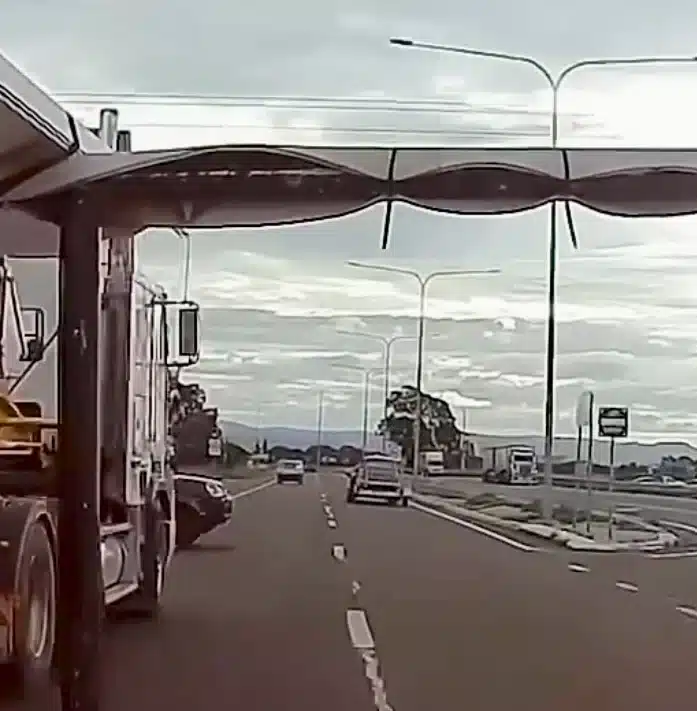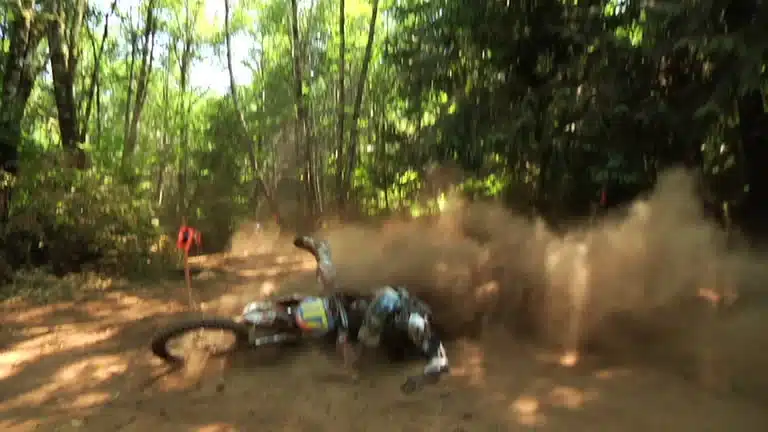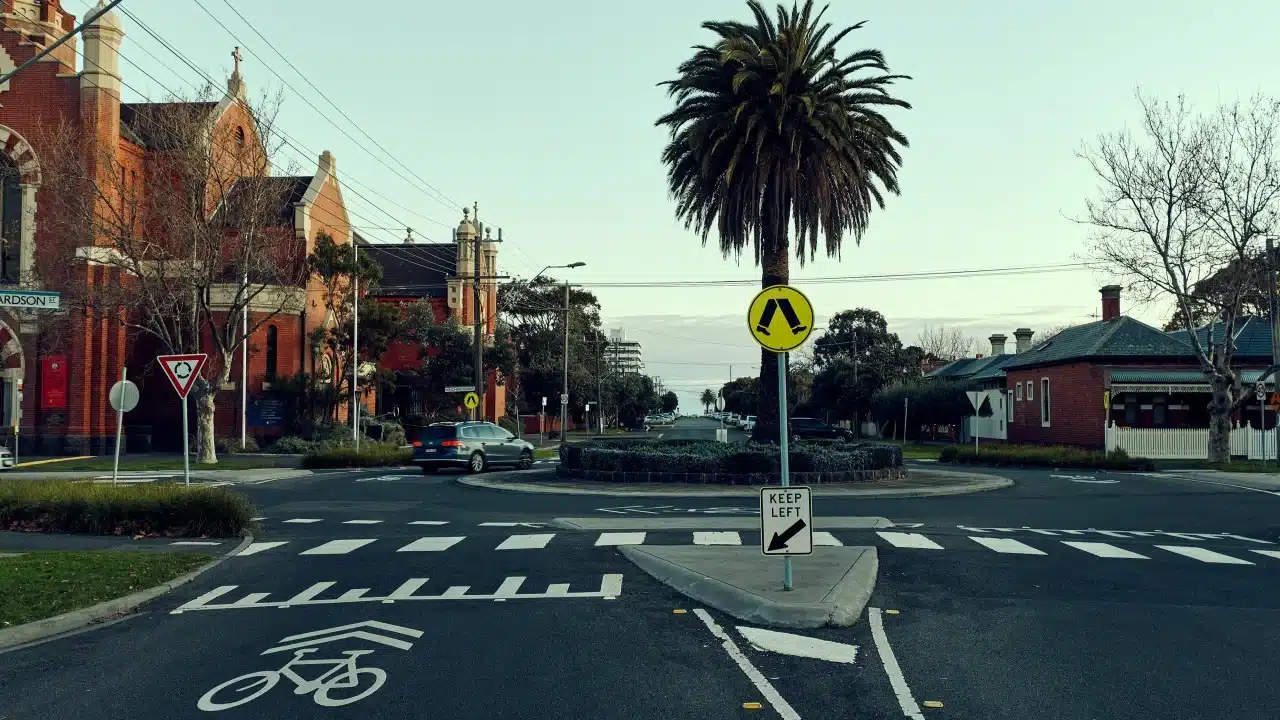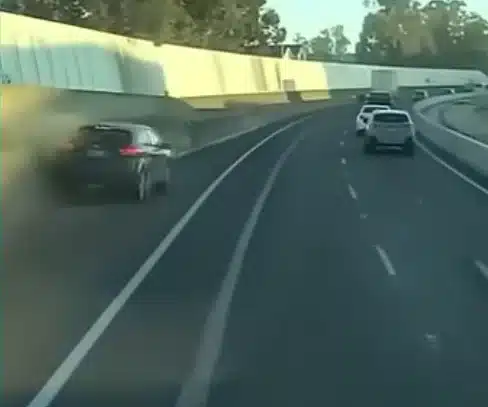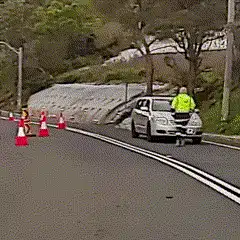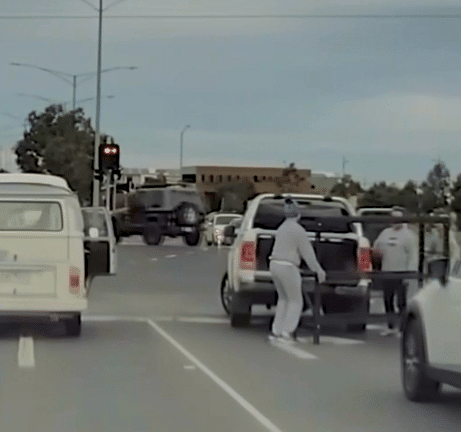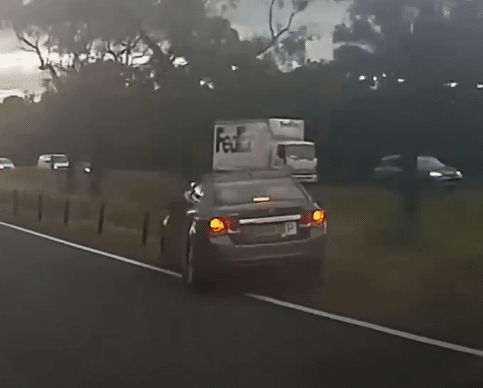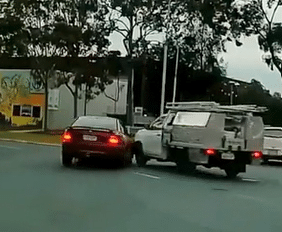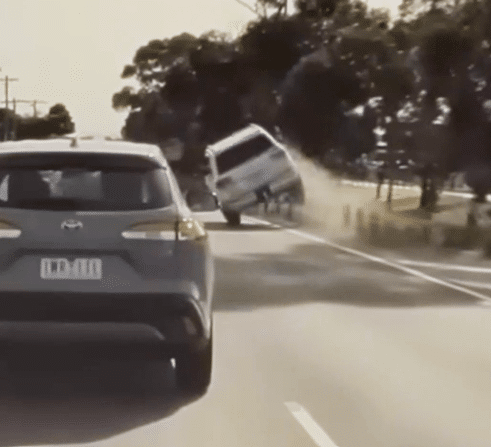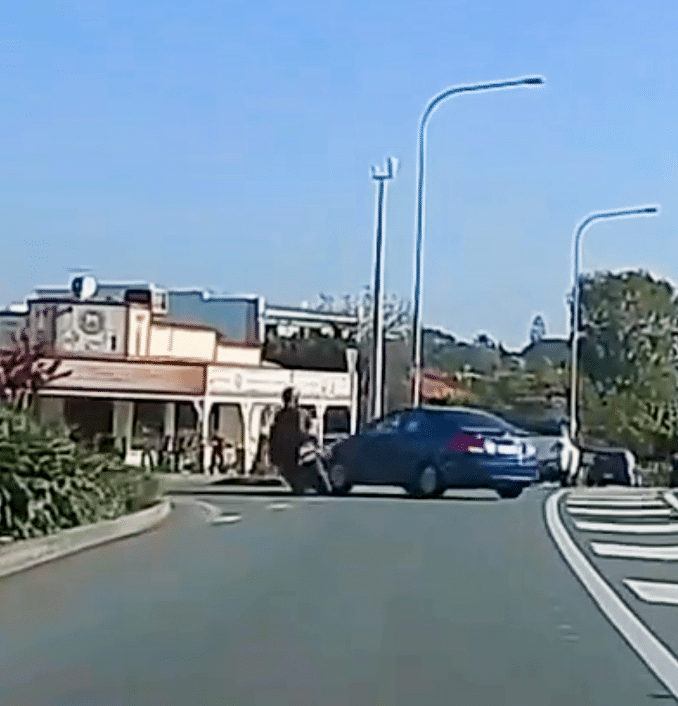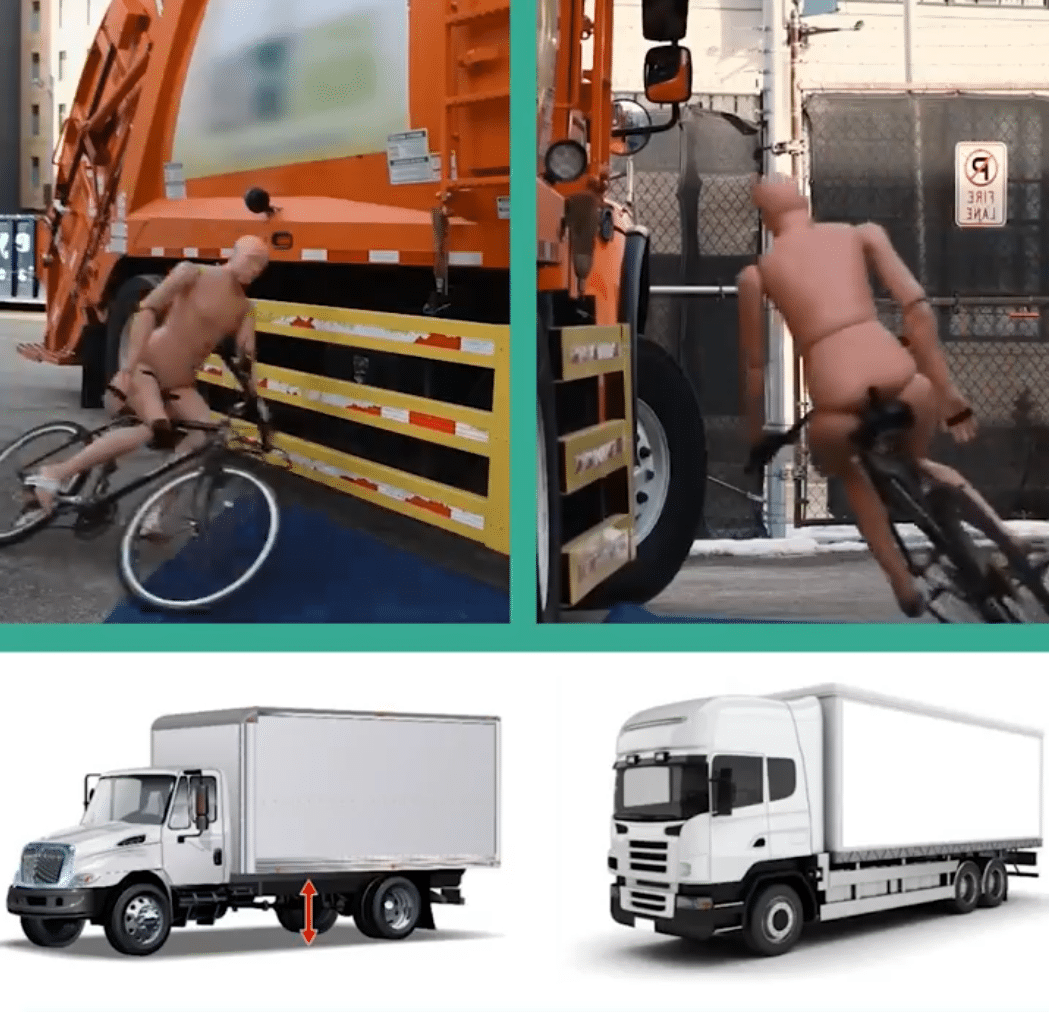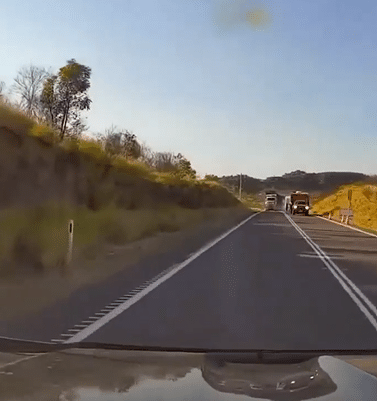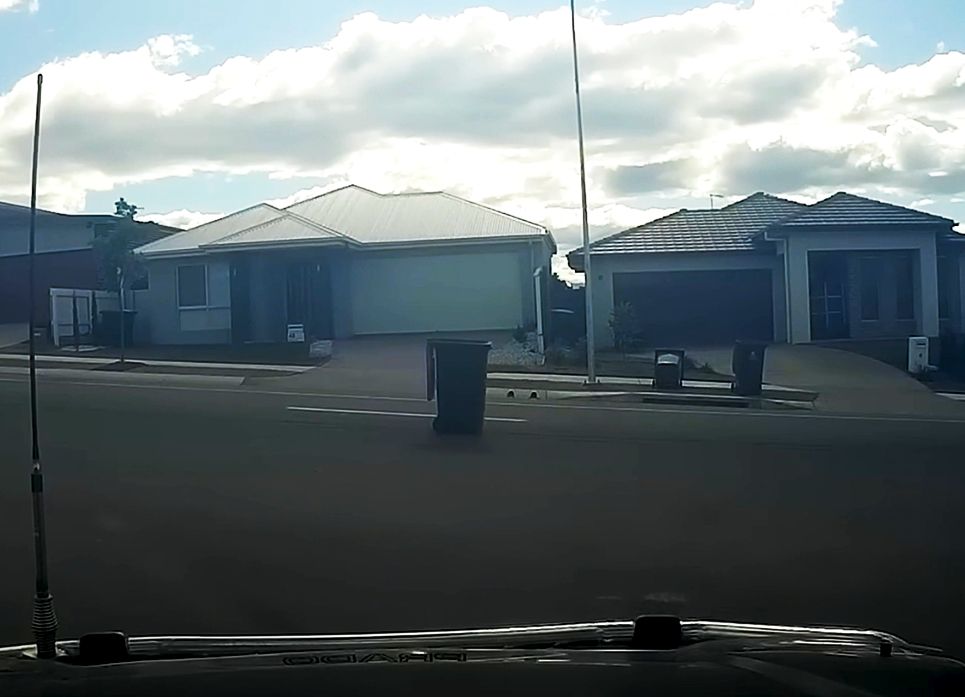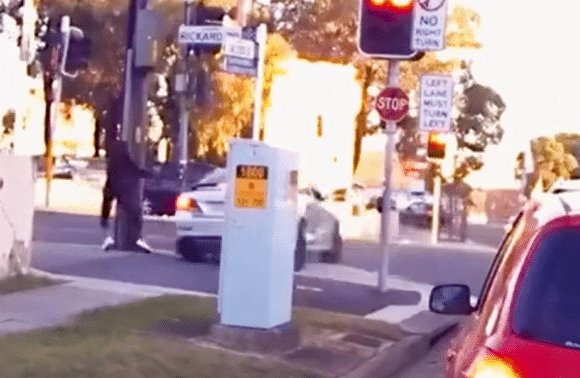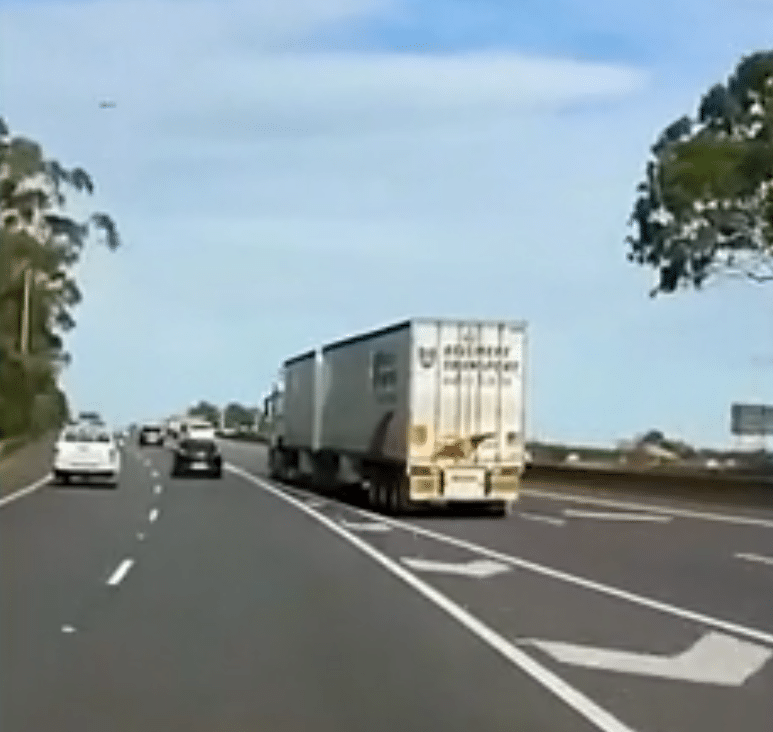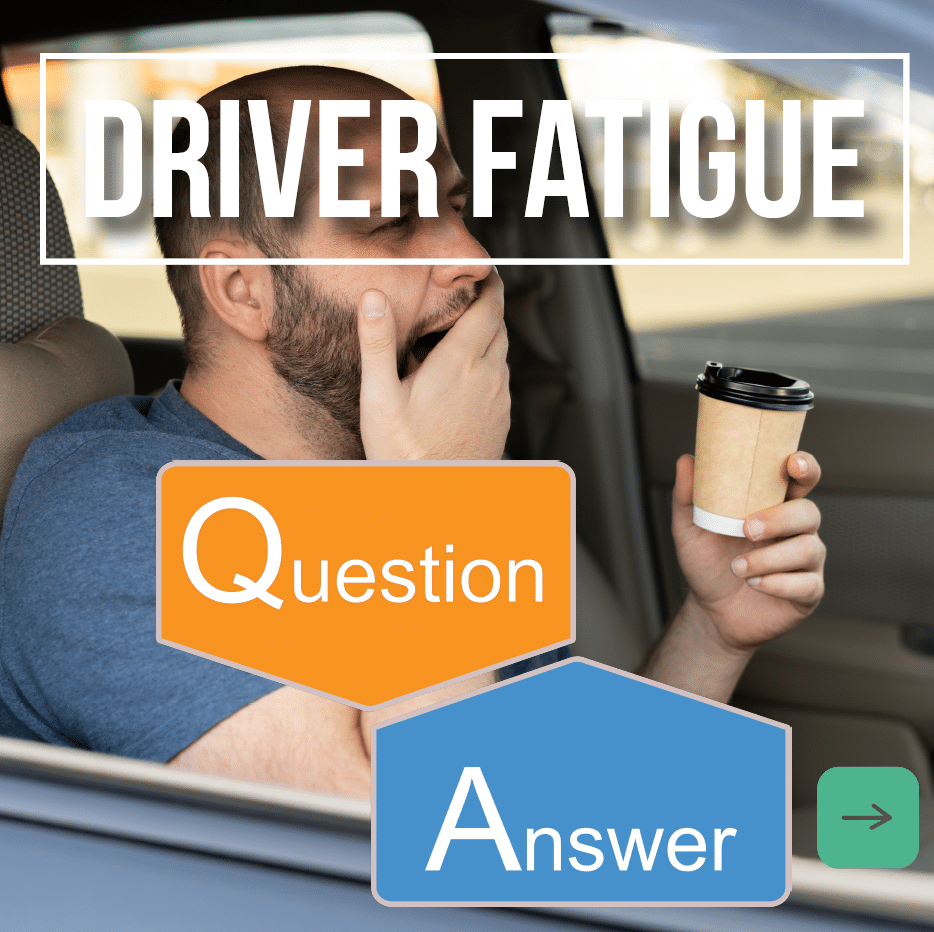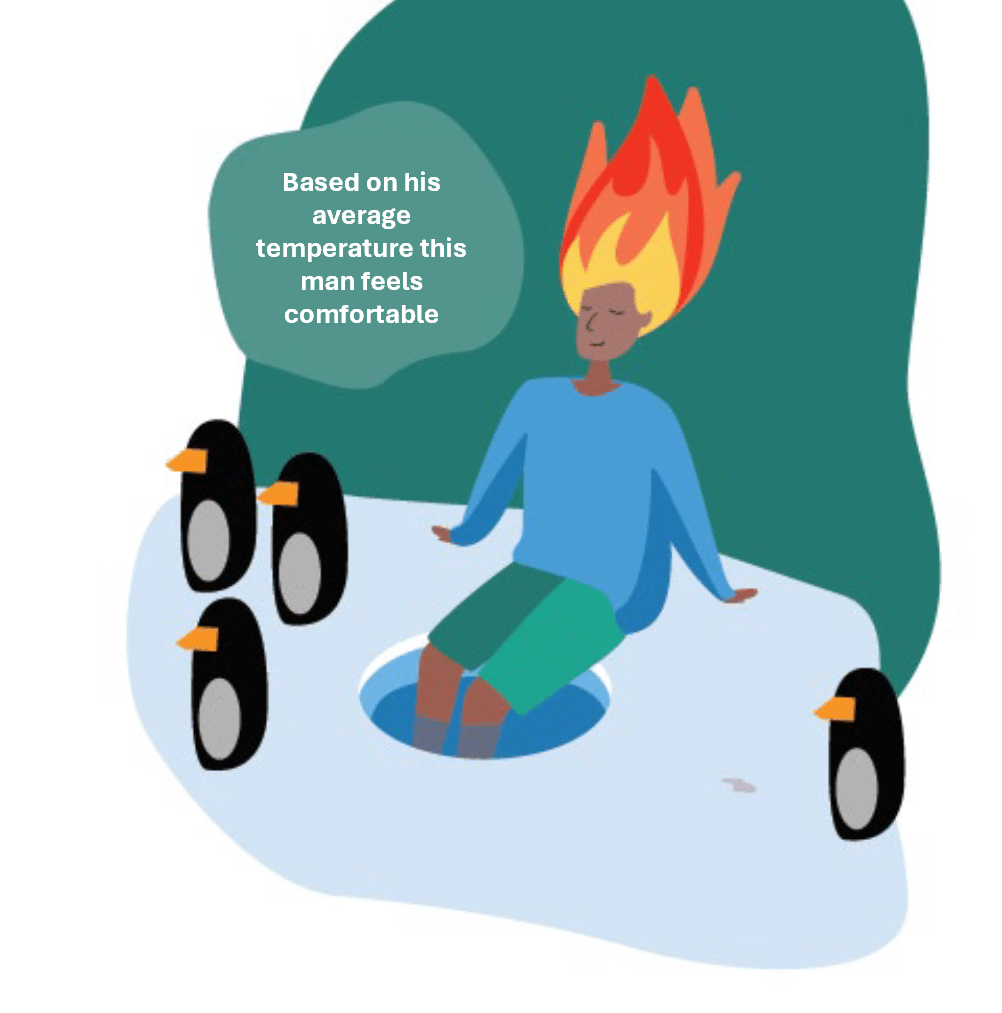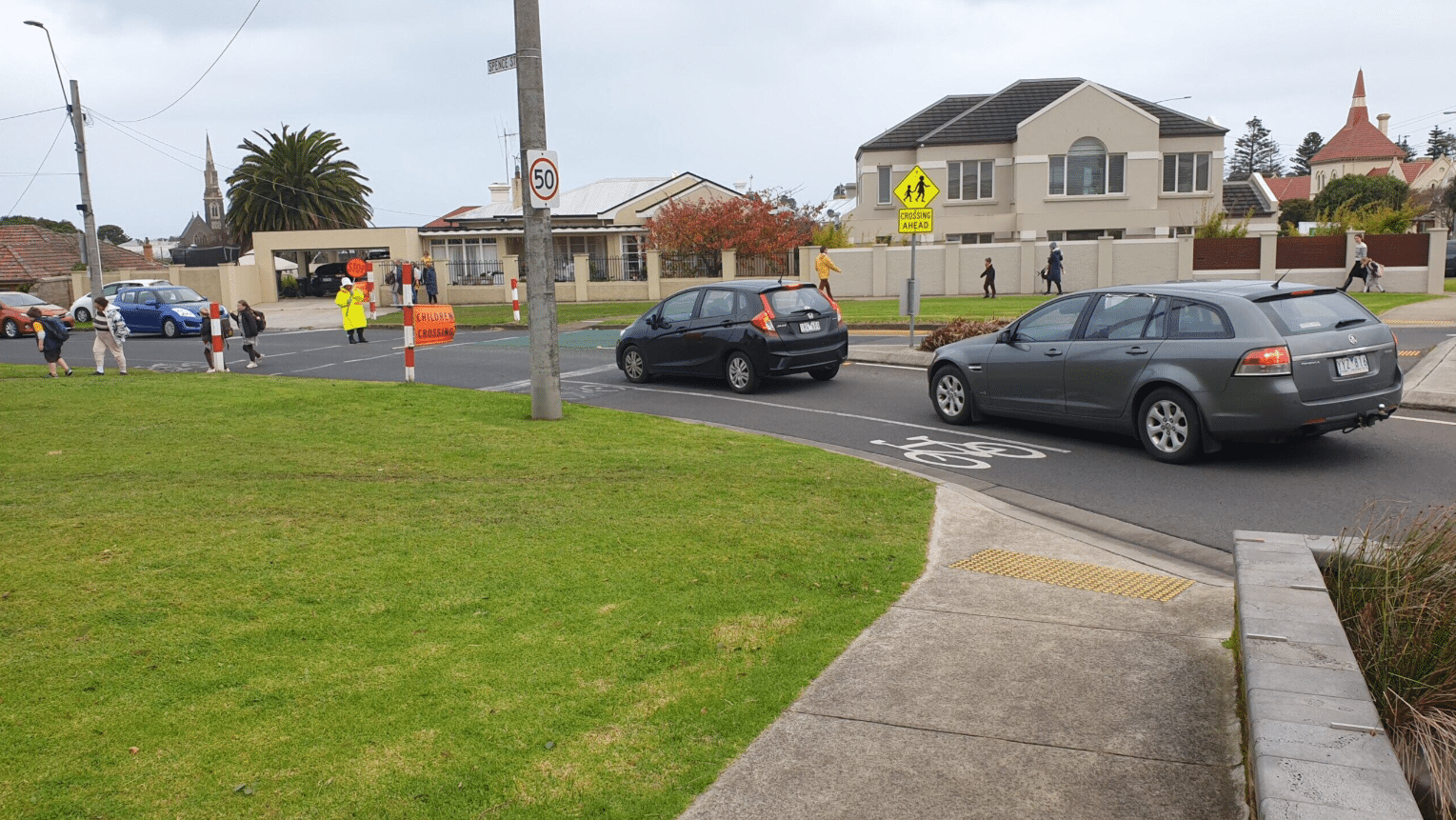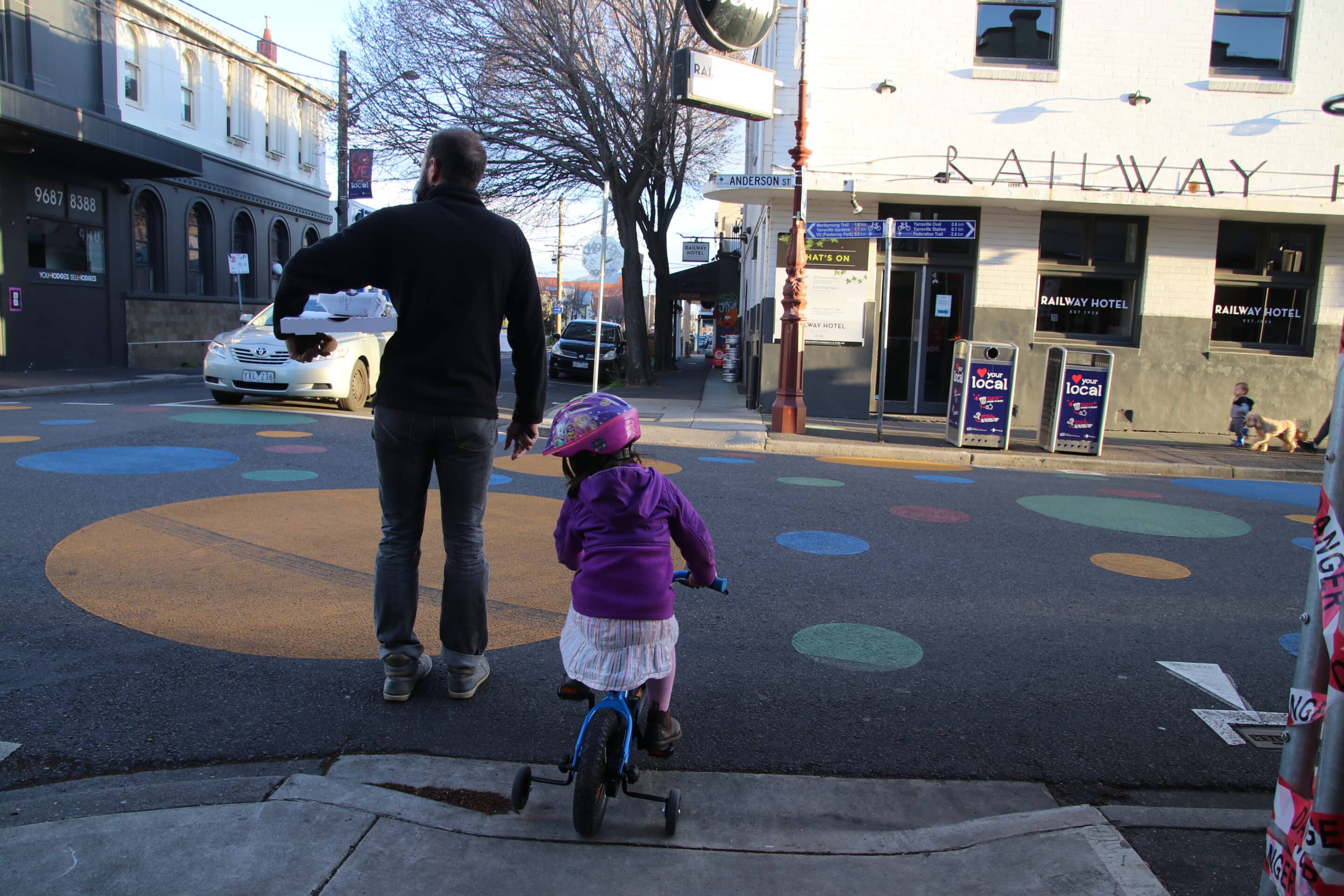Latest News
Safe System Snippet 440: Dynamic Visual Obstruction
Dynamic Visual Obstruction occurs when one vehicle blocks the sight lines for another road user. This is a common issue at intersections. It often happens when turning vehicles obscure the view for drivers exiting or entering side roads, creating a higher likelihood...
Safe System Snippet 439: Trail Bike Safety
Trail bike crashes are a less visible but significant contributor to road trauma. Often classified as off-road incidents or reported on-road for insurance purposes, they fly under the radar of traditional road safety statistics. In Victoria, around 700 crashes...
Raised Crossings – It Must Be a Sign… The Updated Version
Raised pedestrian crossings (or wombat crossings as they’re commonly known in Australia) are among the best treatments we have for improving pedestrian safety and accessibility. They reduce vehicle speeds, enhance pedestrian visibility, and make crossing the road...
Safe System Snippet 438: Rigid Barrier Systems
Rigid barrier systems come in various forms, typically made of steel, concrete, or a combination. While these systems can result in a harsher impact for vehicle occupants compared to more flexible barriers, there are specific applications where their advantages...
Safe System Snippet 437: Cone Theft
Traffic cone theft is a big issue. While we don’t have figures for Australia and New Zealand, the US reports that 1 million traffic cones go missing from worksites each year. Stealing traffic management cones or bollards might seem harmless or even a bit of fun to...
Safe System Snippet 436: Risk Perception and Behaviour
This video from Australia leaves us a bit lost for words (it’s more reminiscent of scenarios we’ve seen in other countries). But it raises an important question: how does risk perception influence behaviour in situations like this Several factors seem to reduce the...
Safe System Snippet 435: Safe System in Action
People make mistakes, and while we all continue to strive to reduce the number of mistakes on our roads, we need to sharpen our focus on managing their consequences - specifically, managing the energy in a crash scenario. This video is a brilliant example of a barrier...
Safe System Snippet 434: Angle of Crashes at Roundabouts
One reason crashes between passenger vehicles at roundabouts tend to be less severe than those at traditional square intersections is the angle of conflict. At roundabouts, the angles of vehicle collisions are typically much shallower compared to the 90-degree impacts...
Safe System Snippet 433: Nuisance hits on barriers
When designing roadside barriers, there are many factors to consider within the context of the site. One important trade-off is between the stiffness of the barrier system and its offset from the edgeline. A more flexible barrier system typically reduces occupant...
Safe System Snippet 432: Expect the unexpected as a rider
Riders face unique challenges on the road. Their smaller size compared to other vehicles makes it more likely for drivers to miss seeing them - creating situations where anticipation and quick reactions can make all the difference. While we work to make drivers more...
Safe System Snippet 431: Lateral Protection Devices
Lateral Protection Devices (LPDs) fitted to trucks are an effective way to lessen the severity of a crash with a pedestrian or cyclist. According to Knight et. al (2005) the effectiveness of LPDs in preventing fatalities in crashes with the side of large trucks range...
Safe System Snippet 430: The Importance of Queue Visibility
In this video, it’s hard to tell exactly what’s happened. Let’s give the driver the benefit of the doubt and hypothesise that they identified the queuing vehicles too late and made a choice to avoid a rear-end collision with the queue. This scenario highlights an...
Safe System Snippet 426: : T-Intersections
Did you know that there’s no legal requirement to install a Give Way sign at a T-intersection? According to the Road Rules, vehicles on the terminating road are already required to give way to traffic on the through road (includes garbage bins it seems 😂). This means...
Safe System Snippet 425: Pedestrians at Large Signalised Intersections
Pedestrians face frequent, varied, and high-severity risks in urban areas, particularly at intersections. These risks aren't just due to crossing the road; intersections are also high-risk points where vehicles may leave the road unexpectedly - whether avoiding other...
Safe System Snippet 424: Attaching things to barriers
In three recent road safety audits, we’ve observed items attached to barrier systems that are not part of the system. While some, like the plastic guidepost contraption, are unlikely to affect the barrier's functionality, it’s not considered good practice....
Safe System Snippet 423: Merge from the right (drive on the left countries)
Merges from the right are a higher risk road design than merges from the left (in drive-on-the-left countries) for a number of reasons: Drivers’ line of sight Blind Spots: Drivers in drive-on-the-left countries sit on the right side of the vehicle, making it more...
Safe System Snippet 422: Fatigue and driving
Click above for a few of the basic facts about fatigue and driving. ------------- Follow us on LinkedIn for more snippets and news: @Safe System Solutions Pty Ltd
Safe System Snippet 421: Average pedestrian walking speed
The AGRD Part 4A discusses an ‘average walking speed of 1.2 m/s’ and further acknowledges that ‘there are pedestrians who may walk at different rates and designers need to consider the types of pedestrians and their likely walking speeds’. The TMR supplement expands...
Case study: Moving people and goods through Warrnambool’s Botanic Precinct
Some traditional Local Area Traffic Management studies focus on how cars move through an area – but here at Safe System Solutions we’re about more than that. We want all road users to be safe and to be able to get to their destination. Our Local Area Traffic...
Case study: Yarraville polka dots
Street/road art is becoming more and more popular. But what are the risks, and how can they be assessed? In 2021, Maribyrnong City Council painted colourful polka dots of varying sizes on roads in Yarraville Village to catch the eye of drivers and encourage them to...

